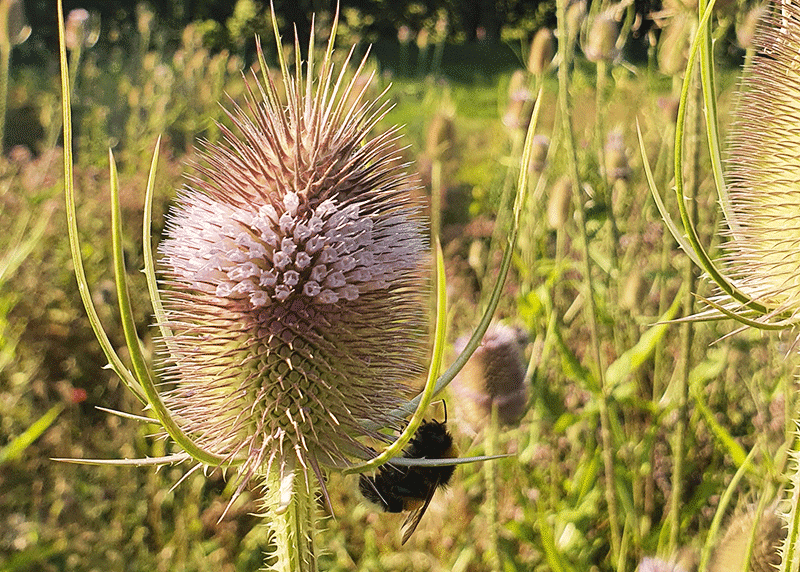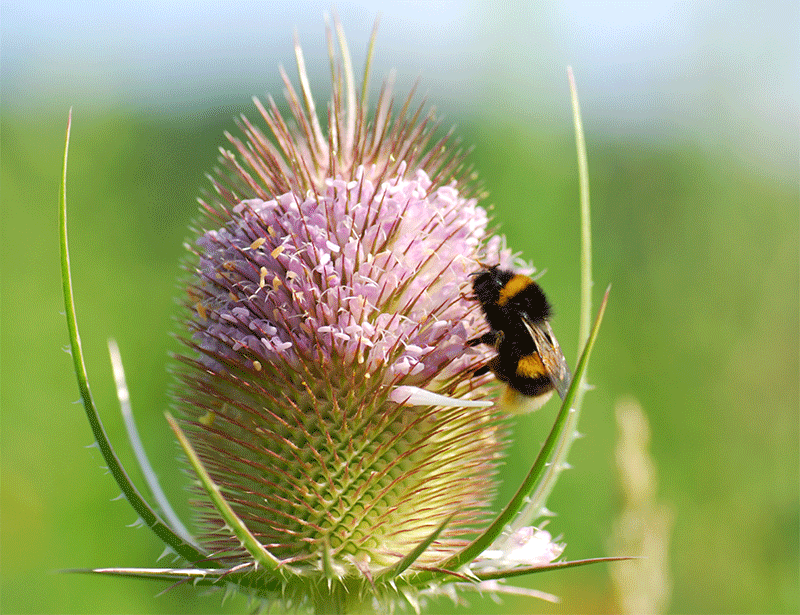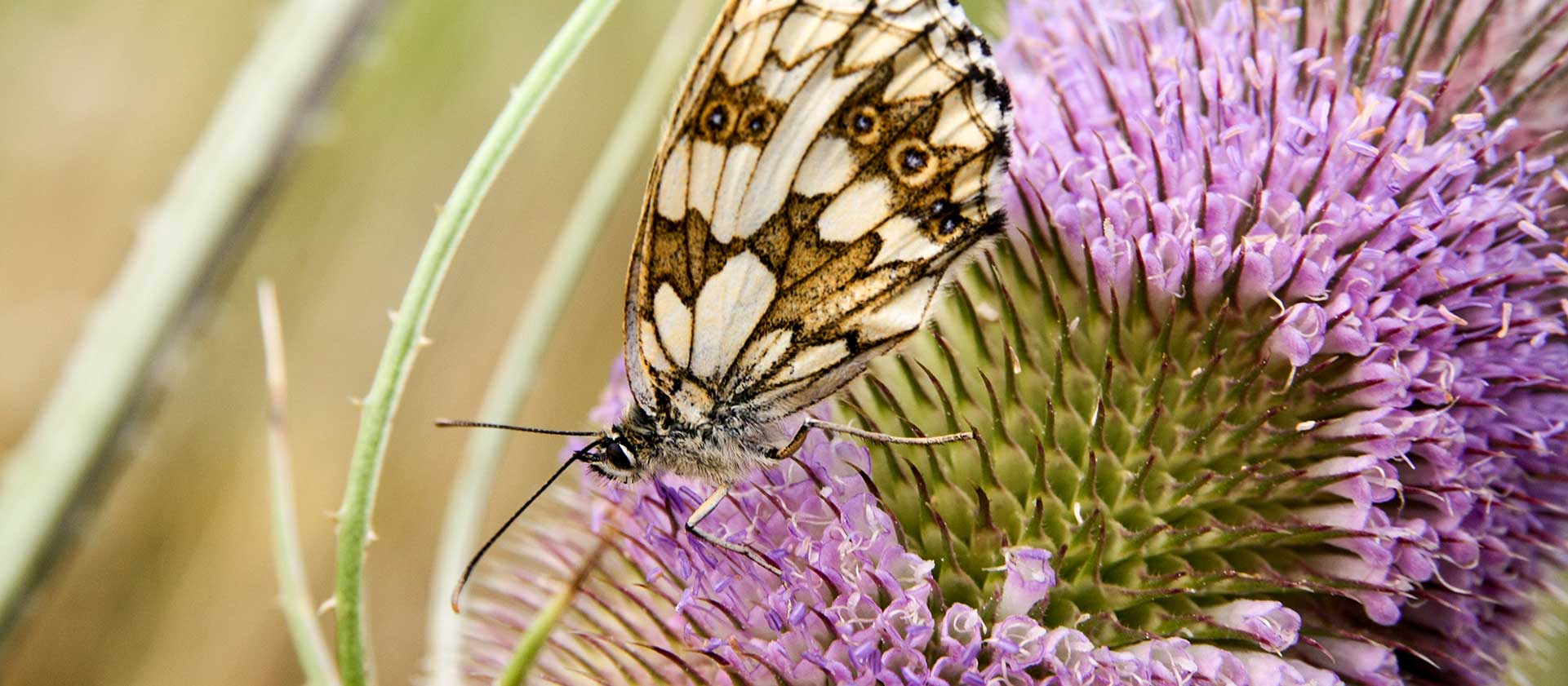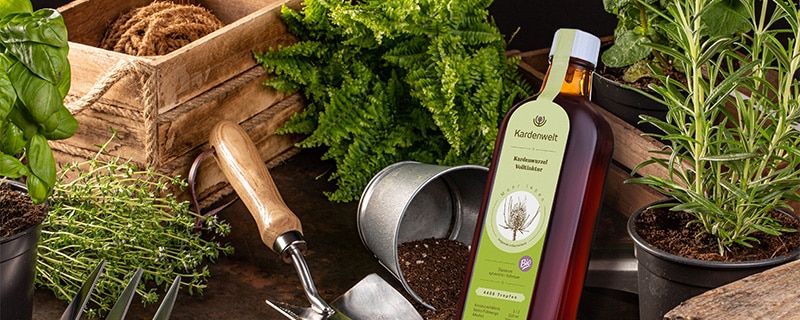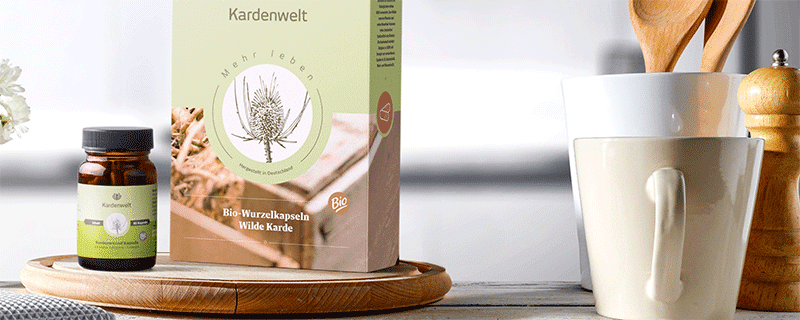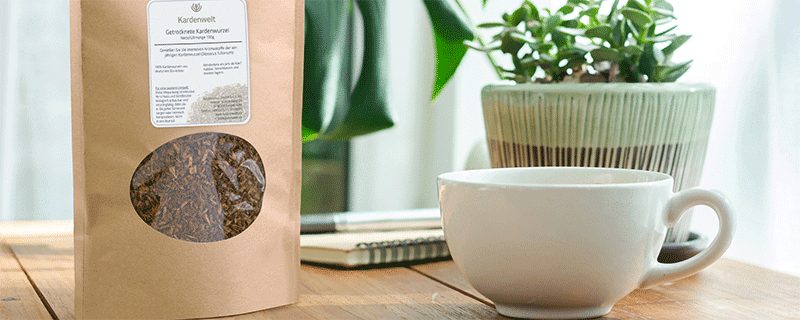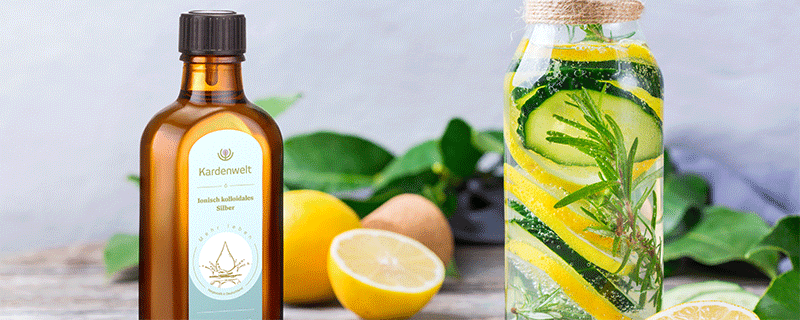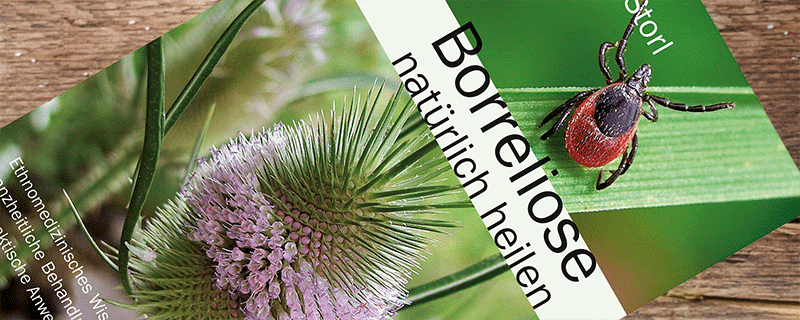“I have thistle in my garden too.” We often hear this from our customers. In fact, this description is incorrect, because the teasel is not a thistle.
The wild teasel is native throughout Europe and also quite well known - but not everyone succeeds in identifying the botanical origin. Experience shows us this again and again, especially with people who want to make their own tinctures: Some people confuse the wild teasel with similar looking plants.
As true fans of this great plant, we take the opportunity to arrange the wild teasel botanical a.
The wild teasel belongs – with all its species – to the Family of teasels. These look thistle-like but are not thistles.
Exciting, isn’t it? Now it’s botanically even more concrete.

